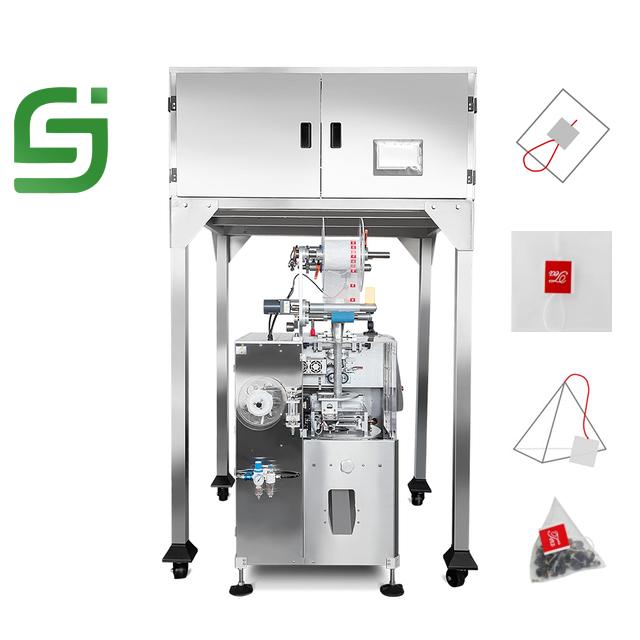The coatings industry is a hugely important contributor to the transformation towards the sustainability goals of the European Green Deal. Coatings protect a countless number of products and surfaces, increasing service life and reducing maintenance and waste, all while enabling the transition to a circular economy. By Dirk Thelen, PPG regional director, EU Green Deal
While coatings are clearly visible in buildings, cars, airplanes and ships, there are many other unseen benefits. For example, reflective coatings on buildings promote cooling and reduce energy consumption, while on roads they can increase safety through their interaction with advanced driver assistance systems. Coatings also contribute to the transformation of the energy sector by protecting offshore and onshore wind turbines.
However, regulatory changes proposed under the Green Deal will most likely result in an automatic ban of several key substances used in coatings considering whether alternatives are available. This is a critical topic for not only downstream businesses like coatings manufacturers that use chemical raw materials in their formulations – but also for the chemical manufacturers that supply them.
Under the Green Deal’s Chemical Strategy for Sustainability (CSS), the European Commission is proposing many initiatives that seek to speed up the elimination of the most hazardous substances. One key focus is the shift from a risk-based to a hazard-based approach, which likely will lead to instant bans of substances based on their hazard classification, regardless of their risk level in actual use and their impact on the functional benefits like durability and asset protection.
Exchanging substances
A coatings manufacturer typically uses raw materials that comprise 1,000 to 2,000 substances, according to the European Council of the Paint, Printing Ink and Artists’ Colours Industry (CEPE). Each individual coating formulation typically consists of a mixture of 10-60 substances. In each formulation, all components are carefully attuned to one another. Under the proposed hazard-based approach, the loss of a single substance for which there is no replacement means that the formulation would have to be removed from the segment.
It is critical that raw material suppliers and formulators work together on this topic. A ban on a particular chemical substance would have a profound impact on a downstream user like a coatings manufacturer if it means the product cannot be sold. This would also have further downstream impact on the industries and consumers that use that product.
Exchanging substances is not a simple process. On the contrary, it is a complex, resource-intensive and iterative process with no guarantee of success. By the time a new formulation is ready, countless laboratory tests have been carried out. Even if a new formulation can be developed, the successful implementation depends on the availability of the substitute material along the supply chain, as well as on the customer willingness to accept the replacement.
Even where an alternative raw material is available, the qualifying process can still take from as little as a few months to as long as several years – or, even longer in the case of aerospace applications. In some cases, as we have seen with biocides for example, there may not be an alternative product. Historically, research and development within raw materials has been slower, further reducing the pool of available substances for our industry.
Collaboration necessary
That’s why it’s important that raw material suppliers and formulators collaborate to ensure that new regulations are applied reasonably and consider real-life risk assessments, not just hazard classification. We also have to ensure that any changes have a suitable transition period, including enough time for raw materials suppliers to develop alternatives where none are currently available.
It is imperative for our industry to prioritise proactive, upfront communication and collaboration with suppliers, considering the qualification and approval cycles of the various industries and segments chemicals that are used. Collectively, we need to work to anticipate challenges in the supply chain, establishing solutions for the European region to facilitate compliance globally. With raw material re-classifications, more product and corporate disclosures, the breadth and depth of transparency is going to increase significantly, and companies must keep up.
Under the current proposals under the Chemicals Strategy for Sustainability (CSS) of the EU Green Deal, the foreseen derogation procedure is the Essential Use Concept (EUC). This is a stepwise approach that first identifies whether a hazardous substance is essential to society and then whether replacements are available. The automatic ban and pressure to find replacements will lead to a high number of reformulations.
PPG is proposing that the CSS includes a provision to assess first whether alternatives are available for substances of concern, and to then apply the EUC, if relevant. This approach allows all the principles put forward to be included, but in a way that allows substitutes of equivalent quality that increases predictability. This concept must be designed in a robust manner, with respect to confidentiality, involving the entire supply chain, with scrutiny by an independent body and properly staffed with relevant expertise. It would allow for removal of substances for which suitable alternatives are available and would provide time for innovation where substitutes are not yet available but safe use is demonstrated.
This approach represents a transition pathway for the coatings industry that would help prevent shocks in substance availability and subsequent product availability on the EU region. It would further provide a more reasonable timeframe for innovation and prevents too high a number of reformulations for coatings manufacturers. It also provides a roadmap for raw material suppliers to innovate in new substances that can help coatings and other manufacturers meet the long-term goals of the EU Green Deal.
Reading tip
The EC Tech Report Bio-based Coatings is a hand-picked compilation of all the key aspects concerning bio-based coatings, offering the latest technical developments. Leading R&D experts present their various binder developments, how binders can be produced sustainably and also how the performance of your coatings can be optimised. Exclusive market insights and data as well as an impressive package of digital bonus material round off this Tech Report.
